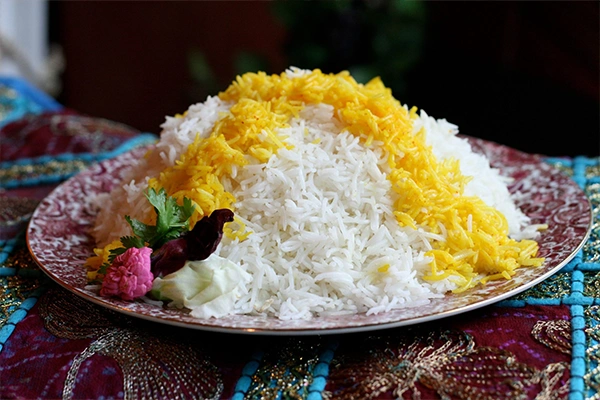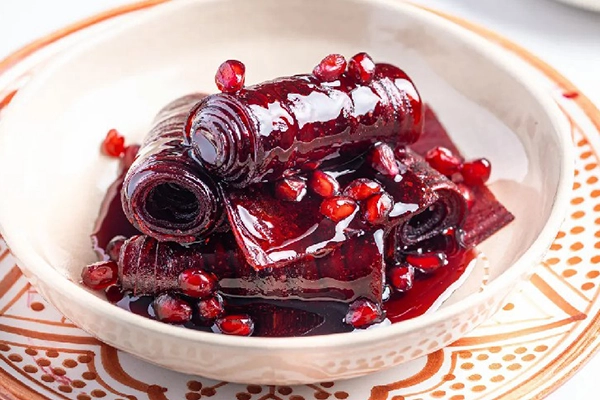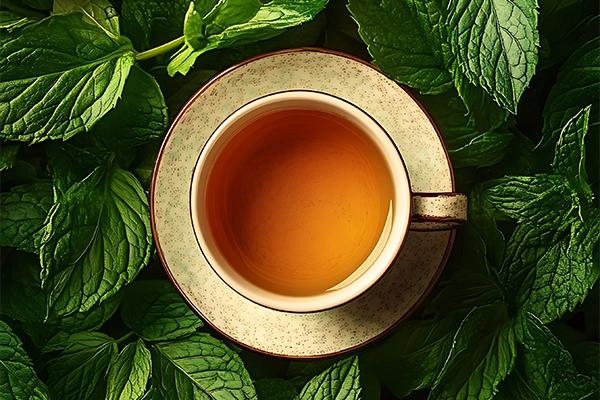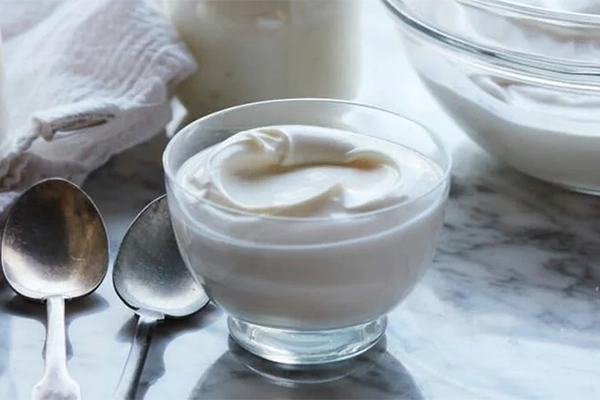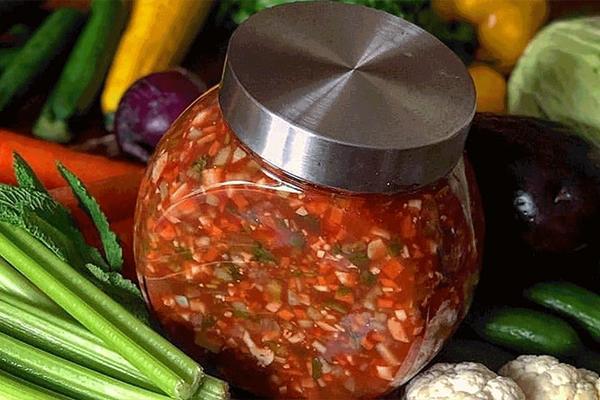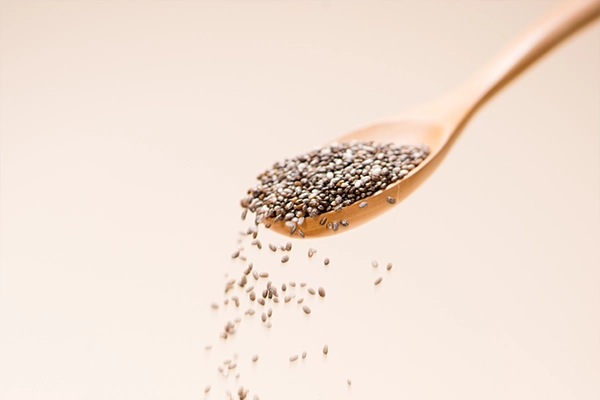White rice is a staple in kitchens worldwide, prized for its versatility and widespread appeal. Its mild flavor and soft texture make it an excellent choice for a variety of dishes, seamlessly fitting into diverse culinary traditions. While discussions often revolve around its rice calories content, the nutritional benefits of white rice should not be disregarded. White rice is a refined grain, meaning it lacks the fiber found in whole grains like brown rice. However, it remains a valuable source of carbohydrates, providing quick and efficient energy. Additionally, white rice contains essential nutrients such as manganese, crucial for metabolism, and iron, vital for oxygen transport in the blood. The primary reasons for white rice’s popularity include its cooking versatility, ability to complement a wide range of spices and ingredients, and easy accessibility. Whether as a side dish, a base for various cuisines, or an ingredient in soups and salads, white rice consistently enhances meals with its sticky and tender texture.
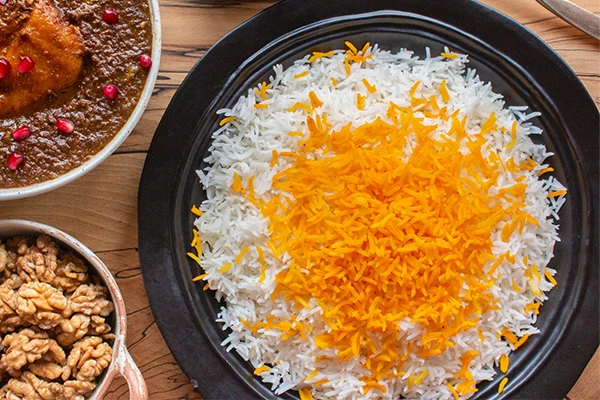
What is the rice calories?
The rice calories is essentially a measurement of the energy it provides. In simpler terms, rice calories are used to measure the amount of energy in foods. Every food item has a specific calorie count, which is converted into energy through the body’s metabolism. Given the body’s energy requirements, rice calorie intake should be balanced to prevent both deficiency and excess weight gain. Rice, as a primary source of carbohydrates, holds a special place in many cultures and diets. It can be an integral part of a balanced diet.
1 cup of rice calorie
White rice is a widely consumed staple food, appreciated for its versatility and ease of preparation. Here are the nutrition facts for 1 cup of rice calorie (186g) of cooked, enriched, short-grain white rice, as provided by the USDA:
– Calories: 242
– Fat: 0.353g
– Sodium: 0mg
– Carbohydrates: 53.4g
– Fiber: 0.6g
– Sugars: 0g
– Protein: 4.39g
– Manganese: 0.664mg
– Iron: 2.72mg
– Thiamin: 0.305mg
Despite being a refined grain, white rice remains a significant source of energy due to its high carbohydrate content. It is low in fat and free from sodium and sugars, making it a clean source of calories. Additionally, it provides small amounts of protein and essential micronutrients such as manganese, iron, and thiamin, which are vital for various bodily functions, including metabolism, oxygen transport, and energy production.
Calories in 100 gm rice
For those who prefer metric measurements, here’s the calorie content for 100 grams of cooked white rice:
– Calories: 130
– Carbohydrates: 28.7g
– Protein: 2.36g
– Fat: 0.19g
This information allows for easy comparison with other foods and helps in precise calorie counting for those monitoring their intake.
What is brown rice?
Brown rice is produced from pure, unrefined grains where only the outer husk around the rice kernel is removed. This type of rice retains its bran, nutrients, and plant layers, making it more nutritious compared to white rice. Brown rice requires more chewing and has a pleasant aroma. The brown rice calorie content is similar to that of white rice, but due to its retention of bran and fiber, it usually creates a greater feeling of fullness and is more effective in weight control and improving digestive function. These features have made brown rice a healthier choice for many people.
Methods for Reducing Rice Calories
Methods for reducing rice calories can be very beneficial for those looking to consume fewer calories. By using three simple and effective methods, you can minimize the calorie content of rice while still benefiting from it as a healthy energy source.
Washing the rice
Before cooking, wash the rice with water and let it soak in cold water. This process helps to remove half of the starch present in the rice, causing the water to become cloudy. By repeatedly changing the water, more starch is removed from the rice. However, it should be noted that this method also reduces some of the rice’s nutrients.
Cooking pilaf instead of plain or steamed rice
Instead of using plain or steamed rice, opt for cooking pilaf. Pilaf is a dish that combines rice with various vegetables such as mushrooms, leeks, and garlic. First, sauté the vegetables and then add the washed rice. After a bit of sautéing, add broth and cook the rice as usual. Using vegetables and oil in this method lowers the glycemic index of the rice.
Adding coconut oil
To reduce the rice calories, add one teaspoon of coconut oil to half a cup of dry rice. Cook the rice in boiling water containing the coconut oil and then refrigerate it for 12 hours. Studies have shown that this method can reduce the calorie content of cooked rice by 10-12%. The increased resistant starch in the rice is not digested in the small intestine, preventing a spike in blood glucose levels. This method also aids in fat burning and provides a beneficial energy source for gut bacteria. By following these three simple methods, you can reduce the calorie content of your rice consumption and enjoy its health and nutritional benefits.
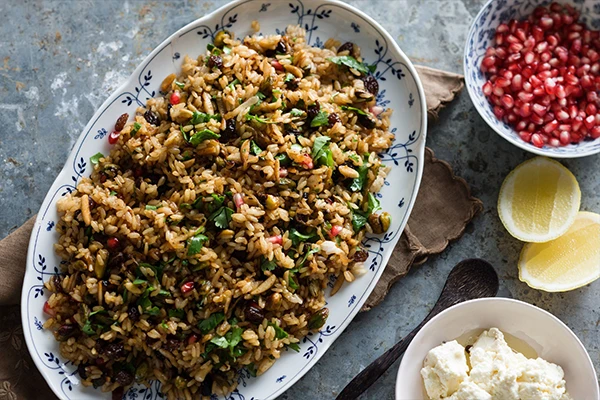
Amazing Benefits of Rice for Disease Prevention
1. Maintaining Healthy Weight: Rice, low in fat and rich in fiber, can effectively aid in weight management and satiety control.
2. Reducing Inflammation: Antioxidants in rice can help reduce inflammation in the body, promoting overall health.
3. Improving Blood Cholesterol Levels: Soluble fiber in rice can improve blood cholesterol levels, reducing the risk of heart disease.
4. Lowering Risk of Cardiovascular Diseases: Regular consumption of rice can lower the risk of heart disease and stroke, particularly due to blood pressure control and improved cholesterol levels.
5. Blood Pressure Control: Rice contributes to blood pressure regulation, supporting cardiovascular health.
6. Reducing Cancer Risk: Antioxidants found in rice may play a role in reducing the risk of certain types of cancers.
7. Digestive Health: Rice aids in digestion and can help alleviate digestive issues, especially when consumed with vegetables and other fibers.
8. Aiding in Mental Health: As a stable energy source rich in vitamins and minerals, rice can contribute to improving mental health and managing mental disorders.
9. Boosting Immune System: Nutrients in rice, including vitamins and minerals, help strengthen the immune system and enhance body resistance against diseases.
10. Maintaining Youthful Skin and Health: Rice’s antioxidants can promote youthful skin and overall health, helping prevent premature aging.
11. Improving Hair Growth and Preventing Hair Loss: Rice contains nutrients like iron, zinc, and B vitamins that support hair growth and prevent hair loss.
12. Preventing Men’s Health Issues like Prostate: Regular consumption of rice can contribute to preventing men’s health issues such as prostate problems.
13. Regulating Women’s Hormones and Preventing
Conclusion
In this article, we have discussed the calorie content of different types of rice, how cooking methods and additives can significantly impact rice calories, and many other important points. However, one crucial point should never be forgotten: always choose high-quality Iranian rice. Quality Iranian rice is only found in reputable rice-selling centers. Dear readers and users, if you are looking for high-quality rice at a reasonable price, Hypermarket Faraz is the best option for you. Hypermarket Faraz offers a wide variety of high-quality Iranian rice at fair prices. Their rice is directly sourced from the best farms in northern Iran and reaches you with proper packaging. Faraz Hypermarket in Kuwait provides their rice fresh with suitable packaging directly to customers.
